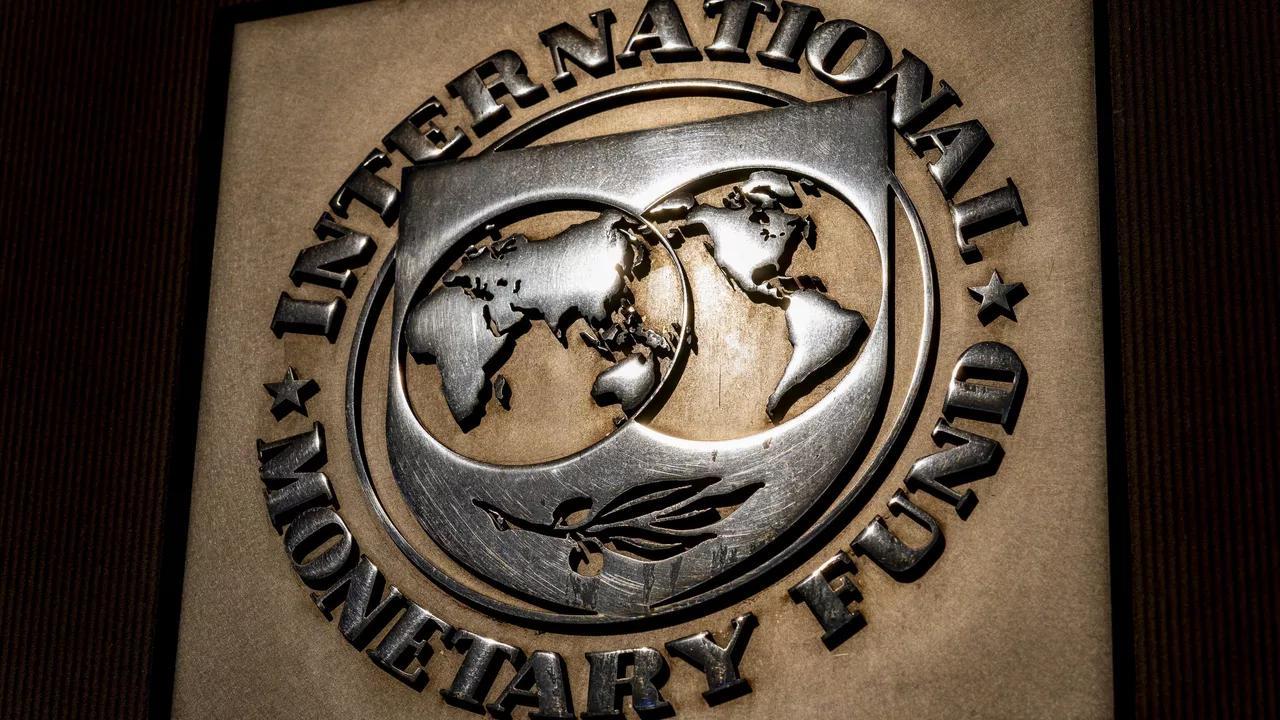Africa-Press – Gambia. The series of recent reports involving the International Monetary Fund (IMF) and the Ministry of Finance and Economic Affairs (MoFEA) offers a moment of sober reflection for The Gambia’s economy. On the one hand, the IMF has reaffirmed its partnership with Banjul: the country’s 2024 Extended Credit Facility (ECF) arrangement is underway, with the IMF Executive Board completing the second and third reviews and approving a major Resilience and Sustainability Facility (RSF) arrangement aimed at climate- and growth-related resilience. On the other hand, the IMF has flagged areas of concern — namely fiscal slippage, delays in structural reform, persistent inflation and risks to debt sustainability.
In short, the MoFEA’s challenge is: steering economic growth while staying fiscally disciplined and building institutional reforms that attract investment and strengthen the social contract. Growth looks promising (projected at about 5.7 % in 2025) and inflation is gradually easing. Yet, spending overruns, unbudgeted transfers (especially to utilities and other state-entities), and the accumulation of unpaid commitments are eroding the gains made.
The way forward must include several key directions:
Firstly, tightening fiscal policy and expenditure control: The MoFEA must actively limit non-priority spending, manage off-budget commitments, and ensure state-owned enterprises (SOEs) are better overseen. This will not just satisfy IMF benchmarks but safeguard debt sustainability.
Secondly, boosting domestic revenue mobilisation: Raising tax and non-tax revenues via improved collection, broadening the base and reducing reliance on debt. The IMF emphasises completion of the Domestic Revenue Mobilisation Strategy.
Thirdly, deepening structural reforms and institutional strengthening: From the PIMA/Climate-Module report it is clear that although legal frameworks have improved (e.g., procurement, SOE law) execution remains weak. Strengthening public investment management, embedding climate risks in project planning and establishing a robust system for project selection and budgeting are essential.
Fourthly, maintaining macroeconomic stability: The Central Bank must keep inflation under control and the exchange rate market-determined. Continued discipline in monetary/fiscal policy will help reduce the risk premium and improve investor confidence.
Fifthly, transparent engagement with donors and the private sector: Given The Gambia’s vulnerability to external shocks (tourism, remittances, commodity prices) and its debt risks, leveraging donor support and private investment becomes more critical than ever. Clear reporting, strong governance and accountability will matter.
In conclusion, the IMF-MoFEA interaction is not merely a compliance exercise. It presents an opportunity for The Gambia to solidify the foundations of sustainable growth, resilience and inclusive development. The ministry must seize this moment — deliver on reform commitments, anchor fiscal discipline, and build the institutional muscle to turn promise into lasting progress.
Source: The Standard Newspaper | Gambia
For More News And Analysis About Gambia Follow Africa-Press






